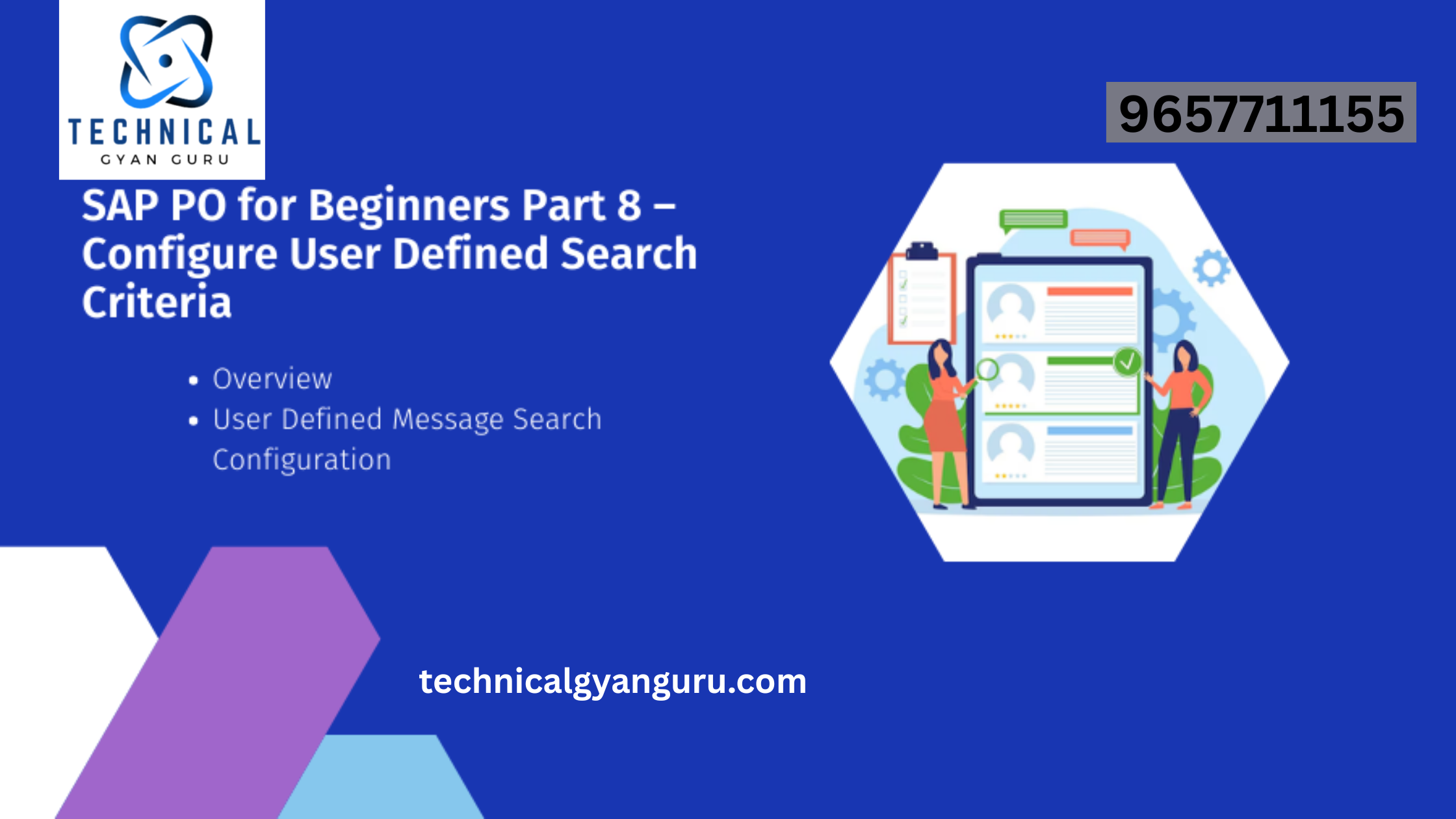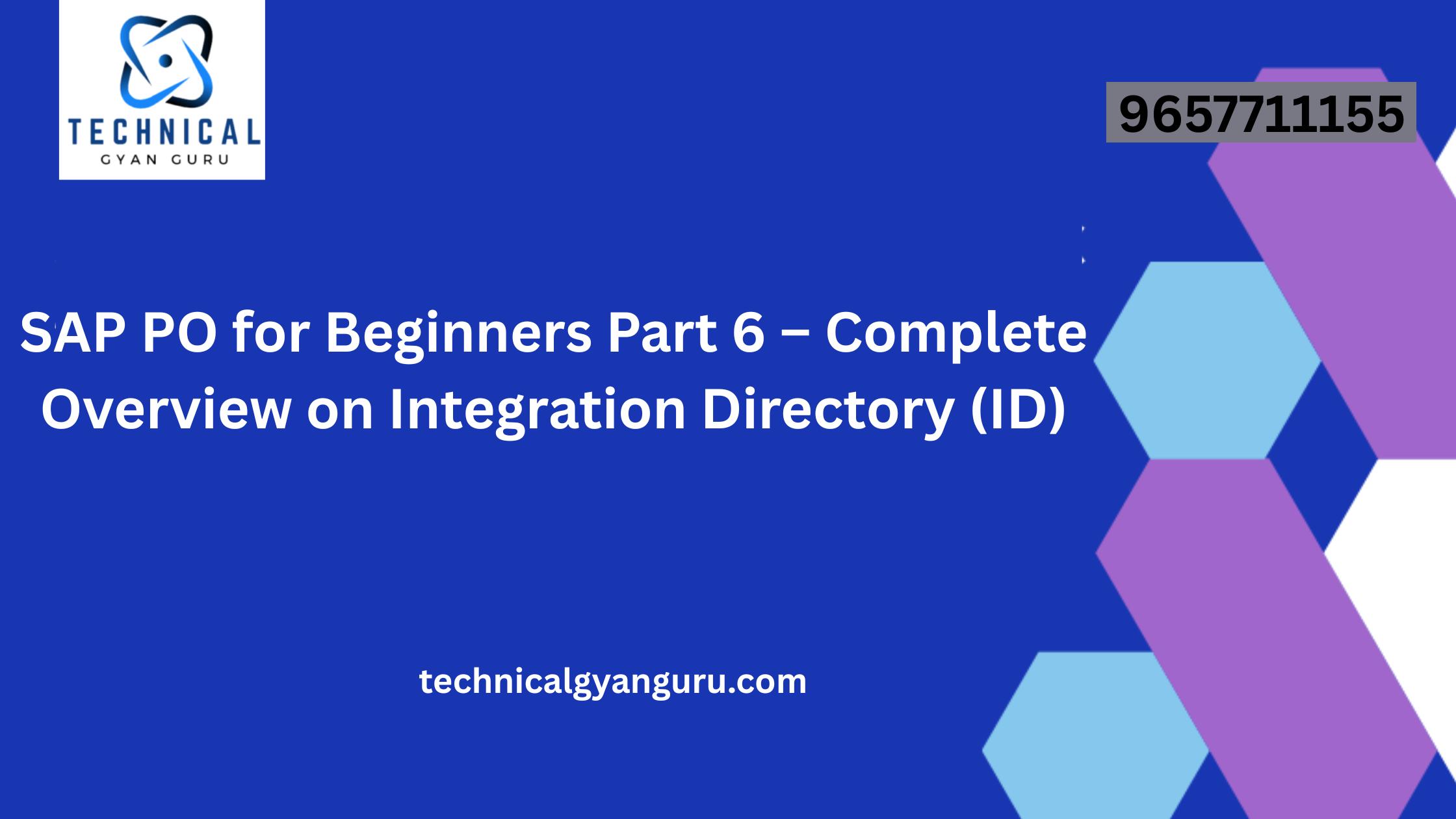Introduction: SAP ABAP Dictionary
SAP ABAP Dictionary: In the realm of SAP application development, managing data is a critical aspect, and the SAP ABAP Dictionary plays a central role in this endeavor. It serves as the backbone for defining and maintaining the structure and integrity of data objects within the SAP system. In this blog post, we will embark on a journey to demystify the SAP ABAP Dictionary, exploring its functionalities, key components, and its significance in shaping the data landscape of SAP applications.
Understanding the ABAP Dictionary:
1. Definition and Purpose:
The ABAP Dictionary is a comprehensive tool within the SAP ecosystem designed to define and manage data structures, ensuring consistency and integrity across the entire system. It acts as a central repository for defining and storing metadata, including tables, views, data elements, domains, and search helps.
2. Key Components:
– Tables (SE11):
Tables are the fundamental building blocks of the ABAP Dictionary. They define the structure of data storage, specifying fields, keys, and relationships. Transaction code SE11 provides a user-friendly interface for creating, modifying, and displaying table definitions.
– Views (SE11):
Views allow developers to present data from one or more tables in a consolidated and meaningful way. SE11 enables the creation and maintenance of views, supporting complex data retrieval requirements without altering the underlying table structures.
– Data Elements (SE11):
Data elements define the semantic meaning of fields within tables. They specify the attributes of a field, such as its data type, length, and domain. SE11 provides tools for creating and managing data elements.
– Domains (SE11):
Domains encapsulate the technical properties of data elements, providing a set of common characteristics. They define the permissible values and value ranges for fields, promoting consistency and data quality.
– Search Helps (SE11):
Search helps enhance data entry efficiency by providing users with assistance in selecting values for fields. They can be associated with data elements or domains, facilitating a user-friendly and error-free data input process.
3. Significance in Data Management:
– Data Consistency:
The ABAP Dictionary enforces data consistency by defining and validating the structure of data objects. This ensures that data conforms to predefined standards, preventing discrepancies and errors in data handling.
– Data Integrity:
With the definition of primary and foreign keys in tables, the ABAP Dictionary ensures data integrity. Relationships between tables are established, preventing orphaned or inconsistent data and maintaining referential integrity.
– Centralized Management:
The ABAP Dictionary serves as a central repository for metadata, allowing developers to manage and maintain data definitions in a unified environment. Changes made through the ABAP Dictionary are reflected across the entire system.
Practical Application:
1. Creating Tables:
In transaction code SE11, developers can create tables by defining fields, specifying keys, and setting properties such as buffering and indexes. This forms the foundation for structured data storage.
2. Defining Data Elements:
Data elements are defined in SE11, providing a semantic layer to fields in tables. Developers can specify data types, lengths, and additional attributes, ensuring meaningful representation and validation of data.
3. Establishing Relationships:
Foreign key relationships between tables are established in the ABAP Dictionary, enforcing referential integrity. This ensures that data maintained in related tables remains consistent and interconnected.
4. Creating Views:
Views are crafted in SE11, allowing developers to present data from multiple tables in a consolidated manner. This enhances flexibility in data retrieval and reporting without altering the underlying table structures.
Conclusion:
The SAP ABAP Dictionary emerges as a fundamental tool for shaping and managing the data landscape within SAP applications. It not only provides a structured approach to defining tables, views, and data elements but also enforces data consistency and integrity. As organizations navigate the complexities of data management in their SAP environments, a solid understanding of the ABAP Dictionary becomes pivotal for developers and administrators alike. The ABAP Dictionary is not just a tool; it is the architect of a robust and well-organized data foundation, laying the groundwork for the seamless functioning of SAP applications.







